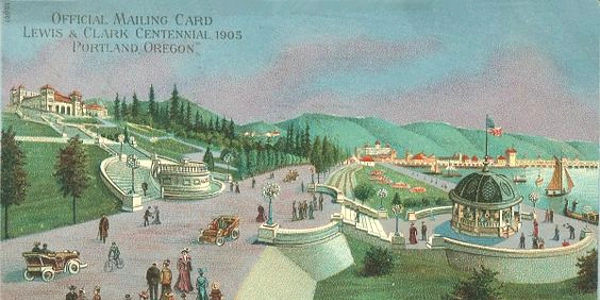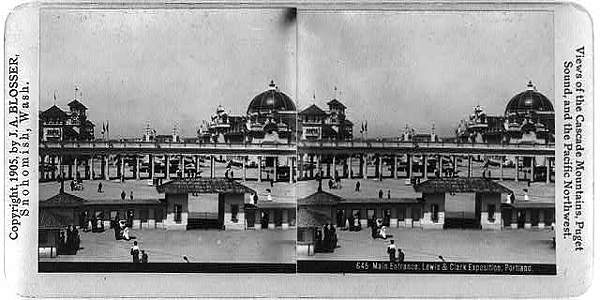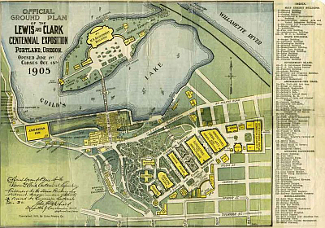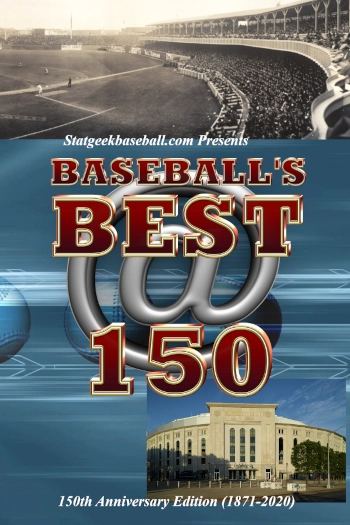Quick List Info
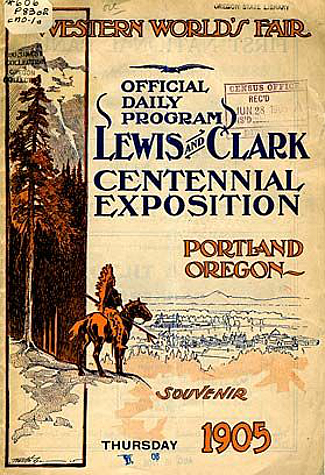
Dates Open - June 1 to October 15, 1905. Open Sundays, Open 137 days.
Attendance - 1,588,858 Paid Admissions. 1,777,458 Paid and Free Visitors.
2,554,848 Total admissions (including staff, employees, etc.)
International Participants - 18 nations and 3 colonies.
Total Cost - Total Expenses for Fair Authority $1,440,194. Estimate of $5 million, including all participants.
Site Acreage - 402 acres.
Sanction and Type - Prior to the Bureau of International Exhibitions. Would be considered a Special Category, Registered event today like those on the 5 years of the decade. Not officially authorized by Congress, although there was an appropriation of $400-500,000. There were no formal invitation to governments from Washington, but fair was a bonded warehouse.
Ticket Cost - Admission to fair was 50 cents for adults and 25 cents for children, with additional charges for Trail attractions. Season passes, non-transferable season type passes, ticket books, 137 tickets, picture required, could be purchased for $20, or 50 tickets for $12.50.

Photo top center: Official postcard of the Lakeview Terrace from the Lewis and Clark Centennial Exposition and Oriental Fair, 1905, B.B. Rich Official Stationaire. Courtesy Pinterest. Column Top: Official program from Portland 1905. Courtesy Pinterest. Column Bottom: Exterior of the Forestry Pavilion, 1905, H.B. White and Company. Courtesy Library of Congress.

Other Histories of World's Fairs to Check Out
